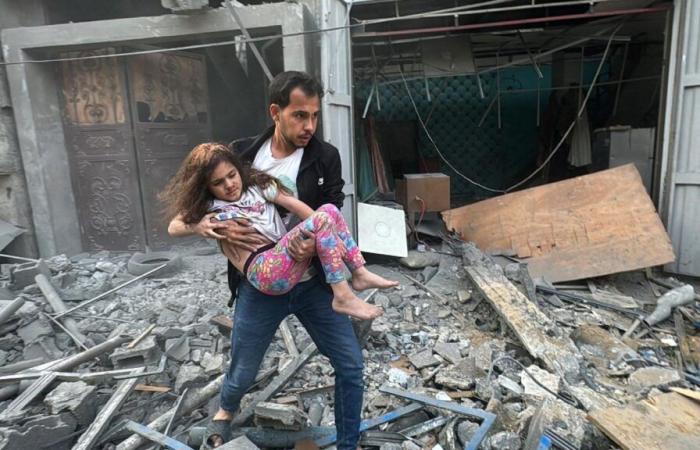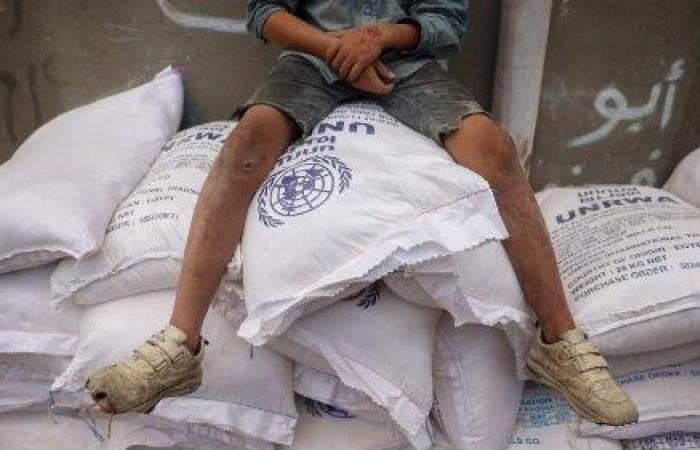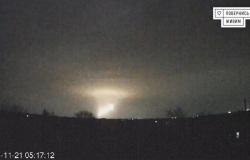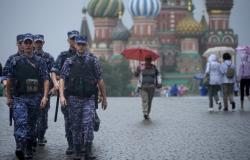It is called “the generals’ plan” and is an Israeli plan for a siege and forced evacuation of the northern Gaza Strip. It arouses a certain apprehension for the Palestinian population in general and for the parish of the Holy Family in particular. Professor Idan Landau, from Tel Aviv University, gives us his thoughts.
Interview by Roberto Cetera – Vatican City
While the media attention was focused entirely on Lebanon and the confrontation with Iran, in recent days the Israeli army has resumed its intensive bombings on the northern Gaza Strip, causing numerous civilian casualties. It is a serious situation which also arouses apprehension for the fate of the Christian community taking refuge in the parish of the Holy Family, which is now only a few kilometers from the advance of Israeli troops. Some observers believe that this is the launch of the “generals’ plan”, a plan which aims to besiege and forcibly evacuate the north of the Strip, proposed in broad terms by a former Israeli general, Giora Eiland, during an interview with the newspaper The Times of Israël last April. The plan was communicated to Parliament’s Foreign Affairs and Defense Committee by Prime Minister Benjamin Netanyahu last September. In this regard, L’Osservatore Romano spoke with Professor Idan Landau, from Tel Aviv University, who has carefully studied the issue and written on this subject in Israeli journals.
Professor Landau, can you briefly explain to us what the “generals’ plan” is?
The «generals’ plan was publicly proposed last September. Its objective is to empty the north of the Gaza Strip of its population, therefore more or less a third of the total inhabitants of the Strip, or around 300,000 people. In a first phase, the Israeli army would inform these people that they are given one week to flee to the south via two humanitarian corridors. In a second phase, after this week, the entire area would be declared “closed military territory”. Those who remained would then be considered enemy combatants and killed if they did not surrender. A total siege would then be imposed across the entire territory, intensifying, with isolation, the food and health crisis.
Professor, the plan proposed by General Eiland was presented to the government last April and was not fully approved. Why do you think it is currently in the realization phase? What current military operations would prove this?
My impression is that, despite official denials, the Israeli military is implementing a version close to the original one. And the soldiers on the ground confirm this to journalists. Many civilians have been killed in recent days and the siege of the northern Strip is ongoing. Dozens of witnesses from Jabalia, Beit Hanoun and Beit Lahia report unprecedented levels of destruction, entire neighborhoods razed to the ground, and attacks also targeting shelters in order to flush out those seeking protection. Massacres are daily: on October 29, the Israeli air force massively bombed densely inhabited buildings in Beit Lahia, killing 250 people (half of whom are still under the rubble). Therefore, I don’t think there is any doubt that the plan was launched. Alongside the destruction, the Israel Defense Forces (IDF) are pushing the displaced south. Even though many of them resist and remain in the enclave, refusing to cross the Netzarim corridor, because they fear they will never be able to return.
How many people are affected by the forced evacuation plan?
Before October 5, 2024 — the estimated start date of the operation — between 300,000 and 400,000 people lived in the enclave. Today, there are around 100,000 left. But the IDF is determined to evacuate them all. It’s pretty obvious that all of this has nothing to do with the stated intention of capturing the remaining Hamas leaders and destroying their bases; but international humanitarian law does not authorize this type of military operation.
The plan would also provide, in addition to military pressure, the interruption of supplies of food, water, fuel and energy. Would this also go against international humanitarian law?
Let me say that I am against using the conditional. This does not “would foresee” not but “plans”; that “wouldn’t go” not but «va». Now, for a month, in the northern Gaza enclave, food and water have no longer been delivered, with the exception of limited supplies for the Kamal Adwan hospital. All United Nations agencies and humanitarian organizations denounce a catastrophic humanitarian situation every day. I believe that there is no doubt about the character of this operation in relation to international humanitarian law, and it is for this reason that the Israeli government tends to remain silent about its real scope.


Jabalia camp, in the north of the Gaza Strip on November 7, 2024
To date, the Israeli government has not expressed a clear and definitive position on the future order in Gaza. Do you think that this operation pre-establishes a future order, at least for the north of the Strip?
Yes. I think the end goal is the re-establishment of the settlers. A return after the withdrawal decided in 2005 by the Prime Minister at the time, Ariel Sharon. The far-right coalition which supports the government led by Benjamin Netanyahu does not hide it. Starting with the Minister of Finance, Bezalel Smotrich. This is obviously a project that will be carried out step by step. By the presence of soldiers inside the perimeter of the Strip and the so-called zones “safety”. They will create small settlements justified by the need to militarily control the territory, which will then become large communities like those in the West Bank. However, I don’t think this settler resettlement solution can work south of the Netzarim corridor, because two million Palestinians crammed into this open-air ghetto have nowhere else to go. And over time, they will end up being a time bomb of poverty, disease and even dangerous and rising extremism.









